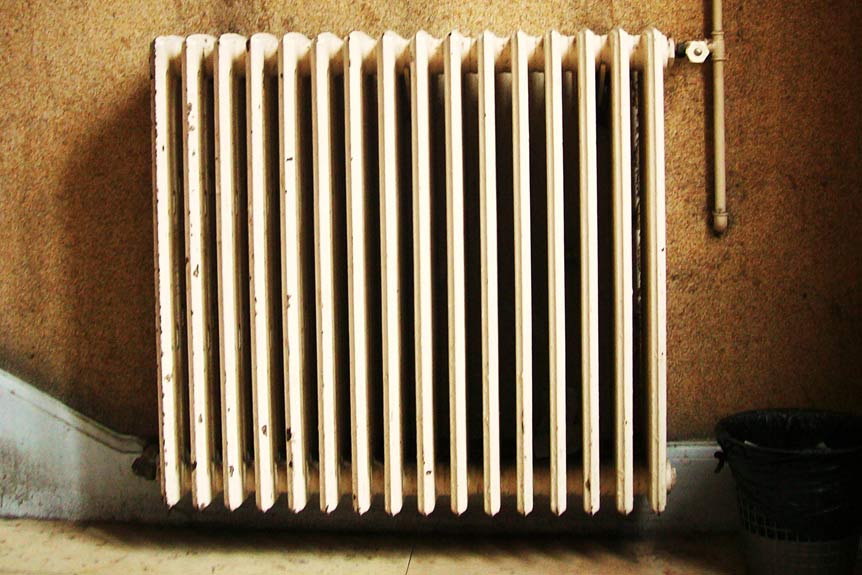Radiator sludge is essentially rust which sits at the bottom of your radiator, restrciting hot water flow in your central heating system which makes your heating inefficient. This happens as bits of metal flake off your heating system, which then oxidize (becomes rust) and sit at the bottom of your radiator.
What are the signs radiator sludge?
If you’re finding cold patches on your radiator when your heating is on, then it could potentially be sludge blocking the hot water correctly flowing through your home. If your boiler is making unusual noises or your home is taken much longer than normal to heat up, this could be sludge preventing a good circulation of hot water around your central heating system. This can often be mistaken as a faulty boiler and some people can hit the panic button!
It’s something which is relatively common in most homes, so is nothing to worry about but will need attention. Left alone, a sludge build up could have longer term implications, putting unnecessary pressure on the boiler, heat pump and valves.
How do I remove the sludge?
If you know what you’re doing, it’s possible to remove the affected radiator and manually flush it yourself. Though, if you’re seeing a significant amount of buildup in one radiator, it’s possible that it might not be the only radiator effected in your central heating system. A plumbing and heating professional is able to clear a single radiator as well as a whole central heating system. They can power flush the whole system which will remove sludge and sediment built up in your entire heating system. Power flushing uses a technique which creates a powerful water flow around your system, meaning no radiators are needed to be removed.

